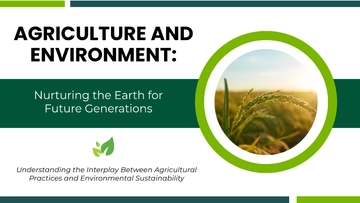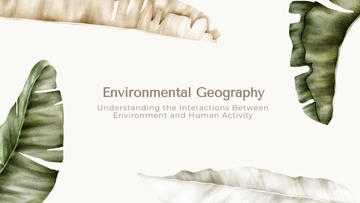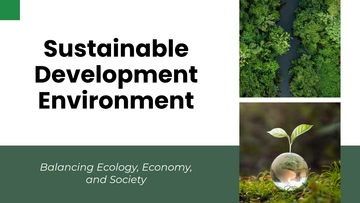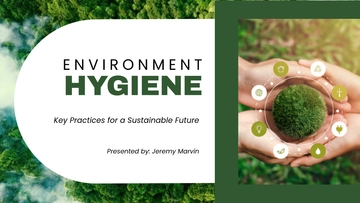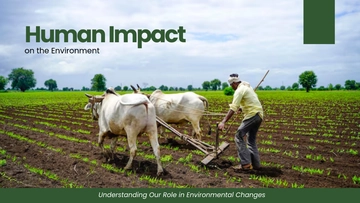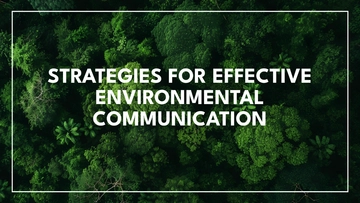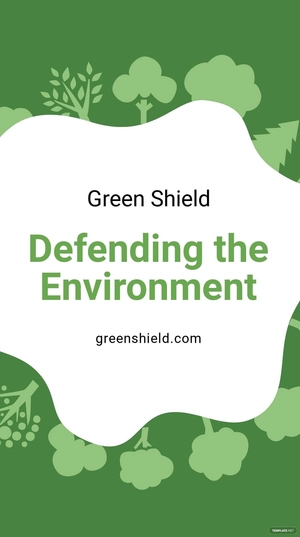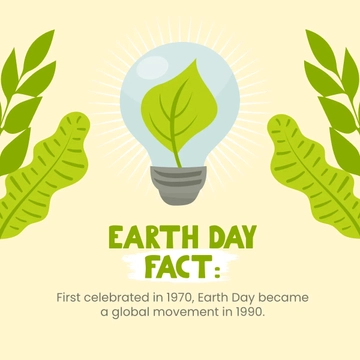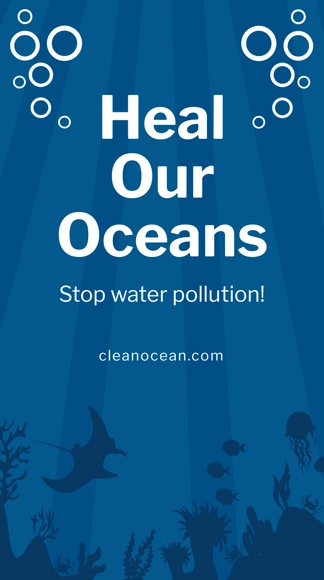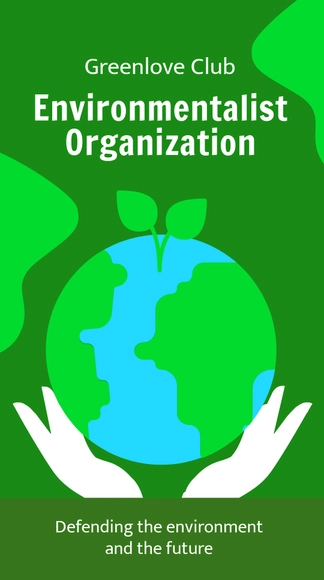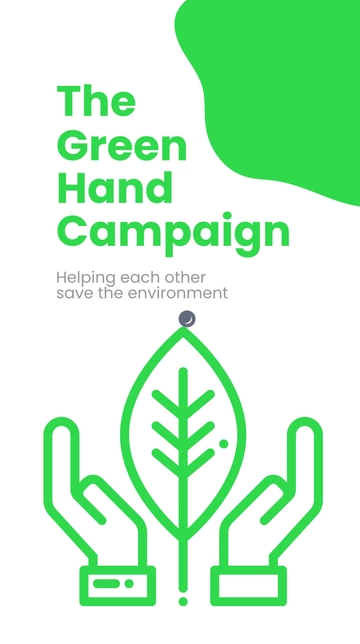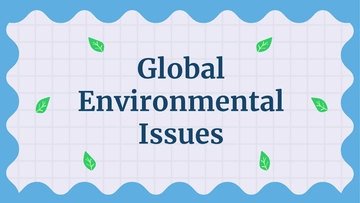Free Law Firm Environmental Sustainability Guide
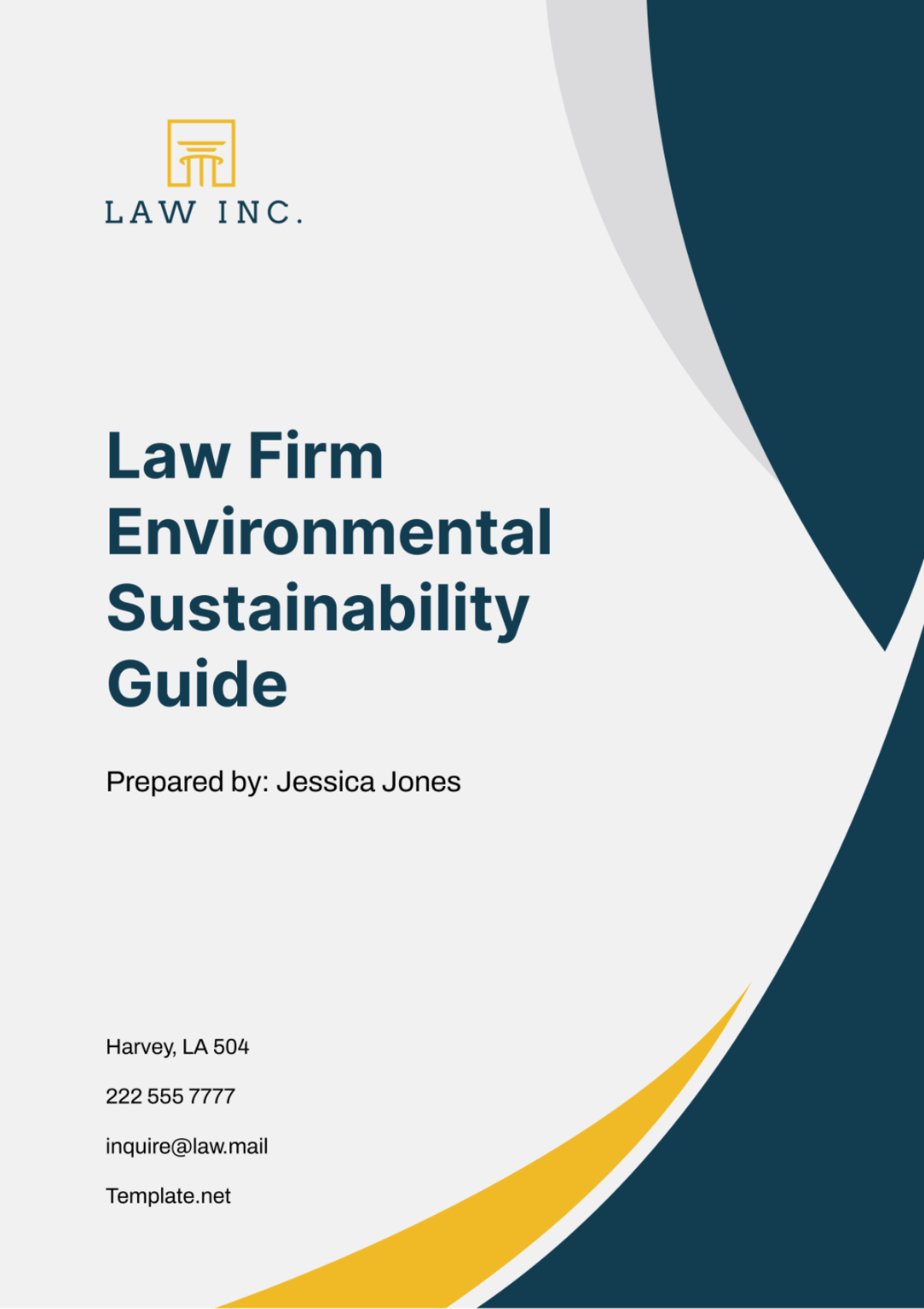
I. Introduction
The purpose of this Environmental Sustainability Guide is to outline our commitment and approach to reducing the environmental impact of our operations. Recognizing the significant role that environmental stewardship plays in responsible business practices, we aim to integrate sustainable measures into all aspects of our work. The scope of this guide covers a comprehensive range of activities, including energy use, waste management, sustainable procurement, and water conservation. It is designed to serve as a blueprint for our firm to not only meet but exceed environmental standards, thereby contributing positively to our community and the planet.
II. Environmental Policy
Our firm is dedicated to environmental sustainability as a core aspect of our corporate responsibility. We are committed to minimizing our environmental footprint and promoting sustainable practices within our operations and beyond. Our environmental policy is guided by the following goals and objectives:
Reduce Carbon Footprint: Aim to significantly reduce greenhouse gas emissions from our operations annually.
Increase Recycling Rates: Achieve a minimum of 75% recycling rate for our waste by volume.
Enhance Energy Efficiency: Implement energy-saving measures to reduce energy consumption by 20% over the next five years.
Promote Sustainable Procurement: Ensure that at least 50% of our procurement budget is spent on environmentally friendly products.
Water Conservation Efforts: Reduce water usage by 15% through efficient practices and fixtures.
III. Governance Structure
To effectively implement and monitor our environmental sustainability goals, we have established a Sustainability Committee. This committee is tasked with the development, execution, and oversight of our environmental strategies. Below is a table outlining the roles and responsibilities of each committee member:
Role | Responsibilities |
|---|---|
Chairperson | Leads the committee, sets agendas, and ensures that sustainability goals are prioritized and met. |
Operations Manager | Implements sustainability initiatives in daily operations, tracks progress, and reports on metrics. |
Facilities Manager | Oversees the implementation of energy and water conservation practices within the firm’s premises. |
Procurement Officer | Ensures that all purchased goods and services meet our sustainable procurement criteria. |
Communications Officer | Manages internal and external communications regarding our environmental initiatives and achievements. |
IV. Key Areas of Focus
A. Energy Efficiency
Our commitment to energy efficiency is driven by the goal to minimize our energy consumption and reduce associated costs. To achieve this, we will implement the following strategies:
Upgrade to Energy-Efficient Appliances: Replace older equipment with energy-efficient models that consume less power and have a lower environmental impact.
Smart Lighting Systems: Install motion sensor lights and LED fixtures to reduce electricity usage in offices and common areas.
Energy Management Systems: Use advanced energy management systems to monitor and control energy use more effectively across our premises.
B. Waste Reduction
Reducing waste not only lowers our environmental impact but also enhances our operational efficiency. Our waste reduction strategies include:
Recycling Program: Implement comprehensive recycling programs for paper, plastics, and metals throughout our offices.
Digital Documentation: Minimize paper use by transitioning to digital document management systems and encouraging double-sided printing where necessary.
Vendor Compliance: Work with vendors who adopt environmentally friendly practices and reduce packaging waste.
C. Sustainable Procurement
Sustainable procurement helps us ensure that our purchasing decisions reflect our environmental values. We will adopt the following procurement strategies:
Eco-Friendly Products: Prioritize the purchase of products that are reusable, recyclable, and made from sustainable materials.
Supplier Sustainability Assessments: Evaluate suppliers based on their environmental performance and prefer those who have strong sustainability credentials.
Green Office Supplies: Choose office supplies that meet recognized environmental standards to reduce our ecological footprint.
D. Water Conservation
Water is a precious resource, and conserving it is a critical component of our sustainability efforts. Our water conservation measures will include:
Efficient Fixtures: Install low-flow faucets, toilets, and urinals to reduce water usage in our facilities.
Water Management Plans: Monitor water usage and set reduction targets annually to continually improve efficiency.
Leak Detection and Repair: Regularly check for and fix leaks to prevent water wastage.
E. Carbon Footprint Reduction
Reducing our carbon footprint is essential for mitigating our impact on climate change. We will implement the following carbon reduction strategies:
Telecommuting Options: Encourage telecommuting and flexible work arrangements to reduce commuting-related emissions.
Green Travel Policies: Promote the use of public transport, cycling, and walking for business travel and commuting.
Offset Programs: Participate in carbon offset programs by investing in renewable energy projects and reforestation efforts to balance out our carbon emissions.
V. Implementation
To ensure the successful implementation of our sustainability initiatives, we have developed a structured approach that outlines specific action items and timelines. This structured plan allows us to systematically track our progress and ensure that each initiative is effectively rolled out across the firm:
Action Item | Timeline |
|---|---|
Upgrade to energy-efficient appliances | |
Implement recycling program | |
Transition to digital documentation | |
Install low-flow water fixtures | |
Launch telecommuting options |
VI. Monitoring and Reporting
To monitor the effectiveness of our sustainability efforts, we will use a set of performance indicators and target values. This approach allows us to quantitatively assess our progress and make informed adjustments to our strategies as needed:
Metric | Target Value |
|---|---|
Reduction in energy consumption | 20% reduction by 2025 |
Waste recycling rate | 75% of waste recycled by 2025 |
Reduction in paper usage | 50% reduction by 2025 |
Water usage reduction | 15% reduction by 2025 |
Carbon footprint reduction | Neutralize 30% of emissions by 2025 |
Reporting on these metrics will be conducted semi-annually, with the Sustainability Committee responsible for compiling data and generating comprehensive reports. These reports will be reviewed during biannual sustainability meetings, where we will evaluate our progress against goals and adjust our action plans as necessary. Additionally, annual sustainability reports will be made available to all staff and stakeholders to maintain transparency and encourage ongoing engagement.
VII. Training and Awareness
Training and raising awareness among our staff are crucial components of our sustainability strategy. We will provide educational programs to ensure that all employees understand their role in achieving our environmental goals and are equipped to implement best practices in their daily activities:
Program | Duration | Frequency |
|---|---|---|
Sustainability Induction for New Hires | 2 hours | Upon hiring |
Annual Sustainability Training | Half-day | Annually |
Eco-Friendly Practices Workshops | 1 hour | Biannually |
Water Conservation Techniques | 1 hour | Annually |
Carbon Footprint Awareness | 1 hour | Annually |
VIII. Partnerships and Community Engagement
We recognize the importance of collaborating with external parties to enhance our environmental initiatives. Our firm is committed to engaging with local communities, environmental organizations, and other businesses to expand our impact beyond our immediate operations. We will actively seek partnerships that promote environmental sustainability and participate in community-driven environmental projects. These collaborations may include sponsoring local green events, participating in tree planting activities, and joining forces with non-profits focused on environmental conservation. Through these efforts, we aim to share knowledge, resources, and best practices, fostering a broader culture of sustainability.
IX. Continuous Improvement
Our commitment to environmental sustainability is ongoing, and we recognize the need for our policies and practices to evolve as new challenges and opportunities arise. Therefore, this Environmental Sustainability Guide will be reviewed and updated annually by the Sustainability Committee. The review process will incorporate feedback from staff and stakeholders, assess the effectiveness of current practices, and integrate the latest environmental standards and technologies. This approach ensures that our sustainability efforts remain relevant and effective, driving continuous improvement in our environmental performance.
- 100% Customizable, free editor
- Access 1 Million+ Templates, photo’s & graphics
- Download or share as a template
- Click and replace photos, graphics, text, backgrounds
- Resize, crop, AI write & more
- Access advanced editor
Introduce sustainable practices with the Law Firm Environmental Sustainability Guide Template from Template.net. Fully editable and customizable in our AI Editor tool, this template enables you to implement and track green initiatives specific to your firm’s goals, promoting a more sustainable future.


